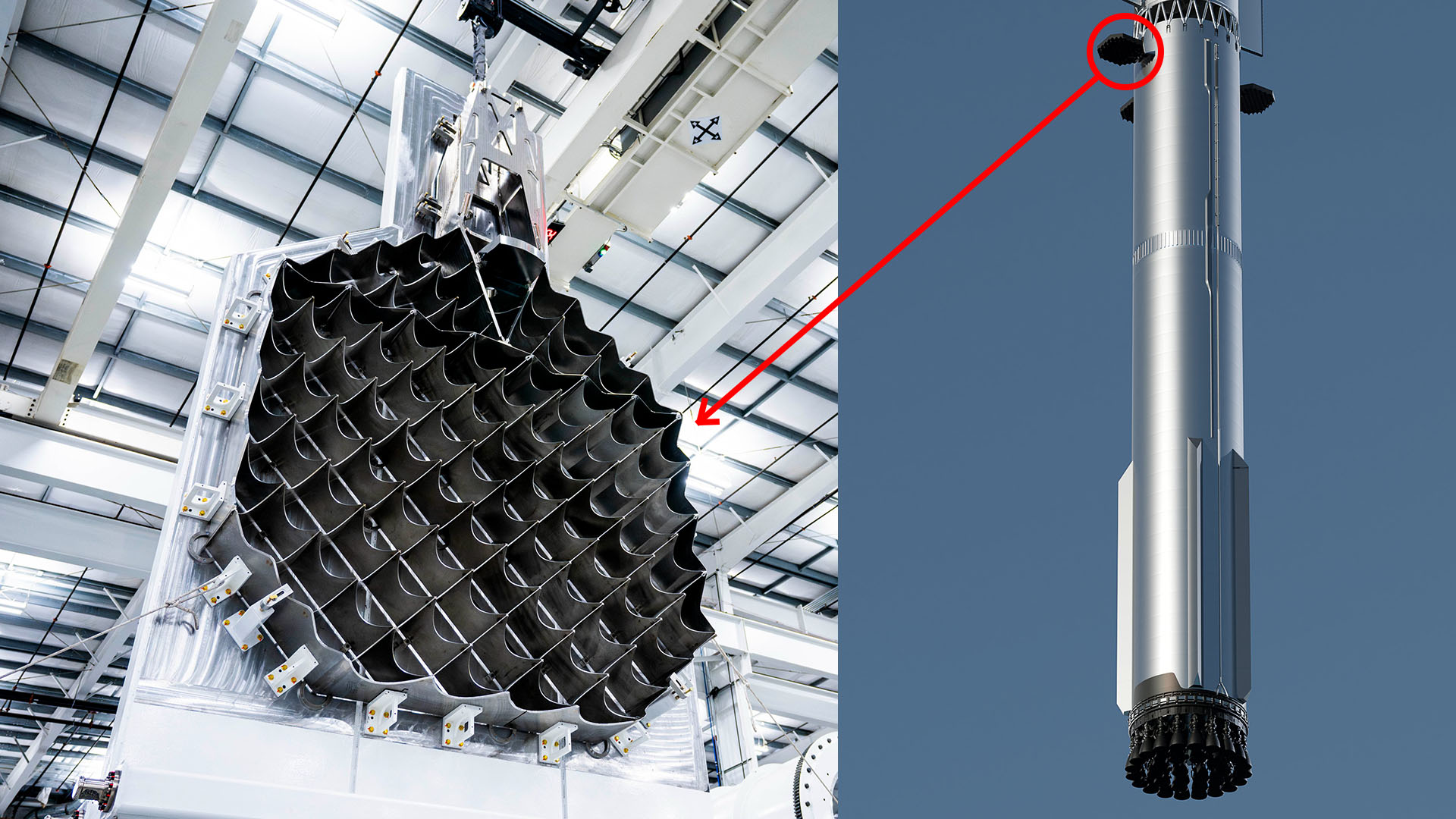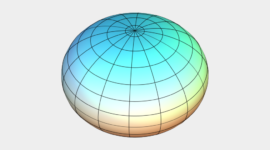SpaceX, the pioneering aerospace company founded by Elon Musk, continues to push the boundaries of rocket technology with its Starship program. A critical component of this system is the Super Heavy booster, the first stage of the Starship launch vehicle, designed to provide the immense thrust needed to escape Earth’s gravity. One of the key features ensuring the booster’s precision and reusability is its grid fins—aerodynamic control surfaces that play a crucial role in guiding the rocket during descent and landing.
Recent reports indicate that SpaceX’s Super Heavy booster will soon fly with freshly upgraded grid fins, marking another step forward in the company’s mission to perfect rapid reusability. This essay explores the significance of grid fins, their evolution in SpaceX’s rockets, the improvements in the latest iteration, and what this means for the future of orbital launches and space exploration.
Role of Grid Fins in Rocket Landings
What Are Grid Fins?
Grid fins are aerodynamic control surfaces used on rockets and missiles to provide stability and maneuverability during atmospheric re-entry and descent. Unlike traditional fins, grid fins consist of a lattice structure that allows for high control authority even at supersonic and hypersonic speeds. Their design minimizes aerodynamic drag when not in use while providing exceptional steering capability when deployed.
Why Are Grid Fins Important for SpaceX?
SpaceX’s Falcon 9 and Falcon Heavy boosters have successfully used grid fins to perform precise landings on drone ships and landing zones. These fins adjust the booster’s trajectory by vectoring air resistance, enabling controlled descent despite high velocities and variable wind conditions.
For the Super Heavy booster, which is significantly larger and more powerful than the Falcon 9, grid fins are even more critical. The booster must execute a controlled descent and potentially return to the launch tower for capture by SpaceX’s “Mechazilla” launch arm. The upgraded grid fins are expected to enhance this process, improving reliability and reusability.
Evolution of SpaceX’s Grid Fins
Early Designs: Titanium Grid Fins on Falcon 9
SpaceX initially used titanium grid fins on the Falcon 9. Titanium was chosen for its strength and heat resistance, as the fins endure extreme temperatures during re-entry. However, manufacturing large titanium grid fins was expensive and time-consuming.
Aluminum Grid Fins with Thermal Coating
To reduce costs, SpaceX later introduced aluminum grid fins with a specialized thermal protection coating. While lighter and cheaper, these required additional cooling mechanisms to prevent melting during high-speed re-entry.
Super Heavy’s Upgraded Grid Fins
The latest iteration for the Super Heavy booster appears to be a refined version, possibly incorporating:
-
Enhanced materials (such as advanced alloys or composites) for better heat resistance.
-
Larger surface area to handle the increased aerodynamic forces of the massive booster.
-
Improved actuation systems for faster and more precise control.
These upgrades suggest SpaceX is optimizing for long-term reusability, ensuring the fins can withstand multiple launches without significant wear.
Why Fresh Grid Fins Matter for Super Heavy
Precision Landing and Reusability
The Super Heavy booster is designed for rapid reuse, potentially flying multiple times a day. Fresh grid fins with improved durability and responsiveness will be crucial for:
-
Accurate descent trajectories, especially when attempting tower catches.
-
Reducing maintenance downtime between flights.
Enhanced Flight Control
Given the Super Heavy’s size (230 feet tall, ~5000+ tons of thrust), small adjustments in flight dynamics can have major consequences. Upgraded grid fins will provide:
-
Better stability during the boost phase.
-
More controlled descent through varying atmospheric conditions.
-
Higher success rates for landing attempts.
Cost Efficiency
SpaceX’s ultimate goal is to reduce launch costs dramatically. By improving grid fin longevity, the company can:
-
Minimize replacement costs between flights.
-
Streamline operations, supporting Elon Musk’s vision of Starship launching multiple times per day.
Technical Challenges and Innovations
Heat Resistance
Atmospheric re-entry subjects grid fins to extreme temperatures. SpaceX’s new design likely incorporates:
-
Advanced thermal coatings to dissipate heat.
-
Active cooling systems (similar to transpiration cooling used in Starship’s heat shield).
Aerodynamic Loads
Super Heavy’s grid fins must handle greater forces than those on Falcon 9. The fresh design may feature:
-
Reinforced lattice structures to prevent deformation.
-
Optimized fin angles for maximum control with minimal drag.
Rapid Reusability
To support multiple launches in quick succession, the fins must:
-
Withstand mechanical stress from repeated deployments.
-
Require minimal refurbishment between flights.
Comparison with Other Rocket Systems
Falcon 9 vs. Super Heavy Grid Fins
-
Falcon 9’s fins are smaller and optimized for a single-engine landing burn.
-
Super Heavy’s fins must control a much larger vehicle, possibly requiring multiple engine gimbaling in coordination with fin adjustments.
Comparison with Other Boosters
-
Blue Origin’s New Glenn uses aerodynamic strakes rather than grid fins.
-
Traditional rockets (e.g., Atlas V, Delta IV) do not use grid fins since they are expendable.
SpaceX’s approach highlights its focus on controlled descent and reuse, setting it apart from competitors.
Future Implications
Starship’s Operational Readiness
Successful implementation of upgraded grid fins will bring SpaceX closer to orbital Starship flights, enabling:
-
Moon and Mars missions (NASA’s Artemis program relies on Starship for lunar landings).
-
Starlink mega-constellation deployments at unprecedented scales.
Revolutionizing Space Travel
With reliable grid fins, Super Heavy can achieve:
-
Daily launches, making space access routine.
-
Lower costs, potentially under $10 million per launch.
Influence on Industry Standards
Other aerospace companies may adopt similar grid fin technology, further advancing reusable rocket designs.
SpaceX’s decision to fly the Super Heavy booster with fresh grid fins underscores the company’s commitment to innovation, reusability, and cost efficiency. These upgrades will enhance flight control, landing precision, and operational turnaround times, bringing Elon Musk’s vision of a multi-planetary civilization closer to reality.
As SpaceX continues refining its Starship system, each iteration of grid fins represents a step toward making spaceflight as routine as air travel. The upcoming test flights will demonstrate whether these improvements meet the rigorous demands of rapidly reusable super-heavy lift rockets, paving the way for humanity’s next giant leap into space.




